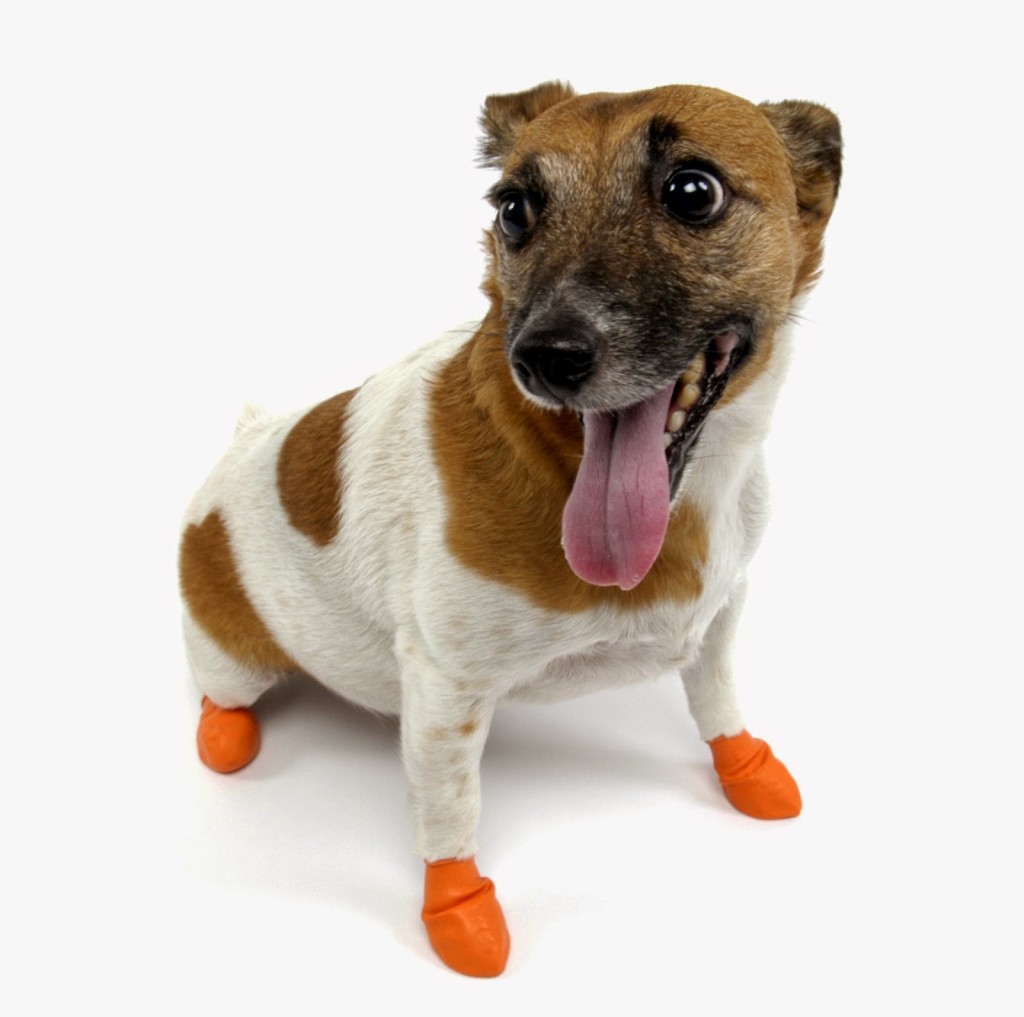Summers can be fun for your dogs you make the right preparations well in advance. One of these without doubt has to be the introduction of dog shoes and boots into your pet’s world, however there may be swanky options in the market but their purpose is definitely more critical than a fashion statement.
No more of those grueling walking sessions for your pooch
A small step in the right direction would be one with those small booties that offer a snug fit to those beaten paws. However, the continuous use of which will render the paw pads supple and free of cracks. Dog walking trails often include concrete pavements and asphalt road surfaces that get extremely hot in the scorching heat. In fact these surfaces are boiling to a degree where even humans would not be able to stand barefoot for more than a few seconds. Therefore it is not fair to put a gentle puppy or even an adult dog for that matter through a tough walking regimen over burning roads and cement surfaces.
Dog shoes offer guarantee against the possible burns and injuries an otherwise bare-paw pad would suffer. It is important to note that dogs sweat via their paw pads to prevent overheating and to cool themselves. Therefore it is imperative for the owner to remove the boots after a short use, perhaps once the dog has crossed the hot surface or has been transferred to a grassy cooler path. Allow the canine some boot free time at regular intervals, for it to regulate its body temperatures through the sweat glands situated in its foot pads. Perspiration is vital to tackle hot weather or heat generated during exercising. Shoes that are made of a water-proof fabric that allows air to the paw pads, enabling the sweat to evaporate must be chosen.
How to pick the right size of dog boots
If the size of the boots isn’t right it will not only be uncomfortable for the dog but also the whole purpose of wearing them is defeated. Measure the entire length of the paw from the ankle to the toe-nails. Make sure your dog is in the standing position while you place its paw on a sheet of paper and draw lines all along the length and width of the dog’s foot.
Basically the shoe must offer a snug fit to the structure of the paw (the ankle to the toes), also its straps must be adjustable enough for the shoe to have a good grip. Different breeds will have a different foot size; therefore pick one that suitably covers the bottom of the foot completely and has a flexible (rubber) sole.
Putting on the very first pair of booties on the pooch
Slip on the dog footwear while the pet is standing. This way the parent is able to secure the shoes properly as the whole of the dog’s weight is concentrated on its foot. Before inserting the paws, make sure the shoe is unfastened so the foot is able to reach the front of it.
Getting used to the new accessory may take some time
This will happen for some obvious reasons. Firstly the dog will not be able to feel the floor in the same way it did barefoot. Also balancing their steps in the new walking gear may take some time. Their stride may resemble to a trot, rather.
Let the four legged adapt to his new foot wear, diverting its mind to a game or activity it enjoys helps a great deal in getting it to forget it has something unusual on its feet. Offering his favorite dog treats and chews once it has settled in the boots also works in favor of the footwear.
Initially the parent can walk the dog for a shorter period than usual as its best to let the pooch accommodate well to the newly introduced shoes.
Boots for every season!
There are specially designed dog boots to deal with rains, snow and mountainous terrain. Such boots help in providing the necessary hold as snow clad surfaces are extremely slippery. Therefore winter boots are an effective guarantee against slipping along with preventing injuries to the foot-pads.
Article Resource Box: http://www.alldogboots.com/How-To-Put-On-Dog-Shoes-a/145.htm http://www.dogster.com/lifestyle/dog-boots
Image Credits: Image(1) -http://blog.alldogboots.com/photogallery/
Image (2) - http://www.mypawsitivelypets.com/2014/05/4-ways-to-protect-your-dogs-paws-from.html


